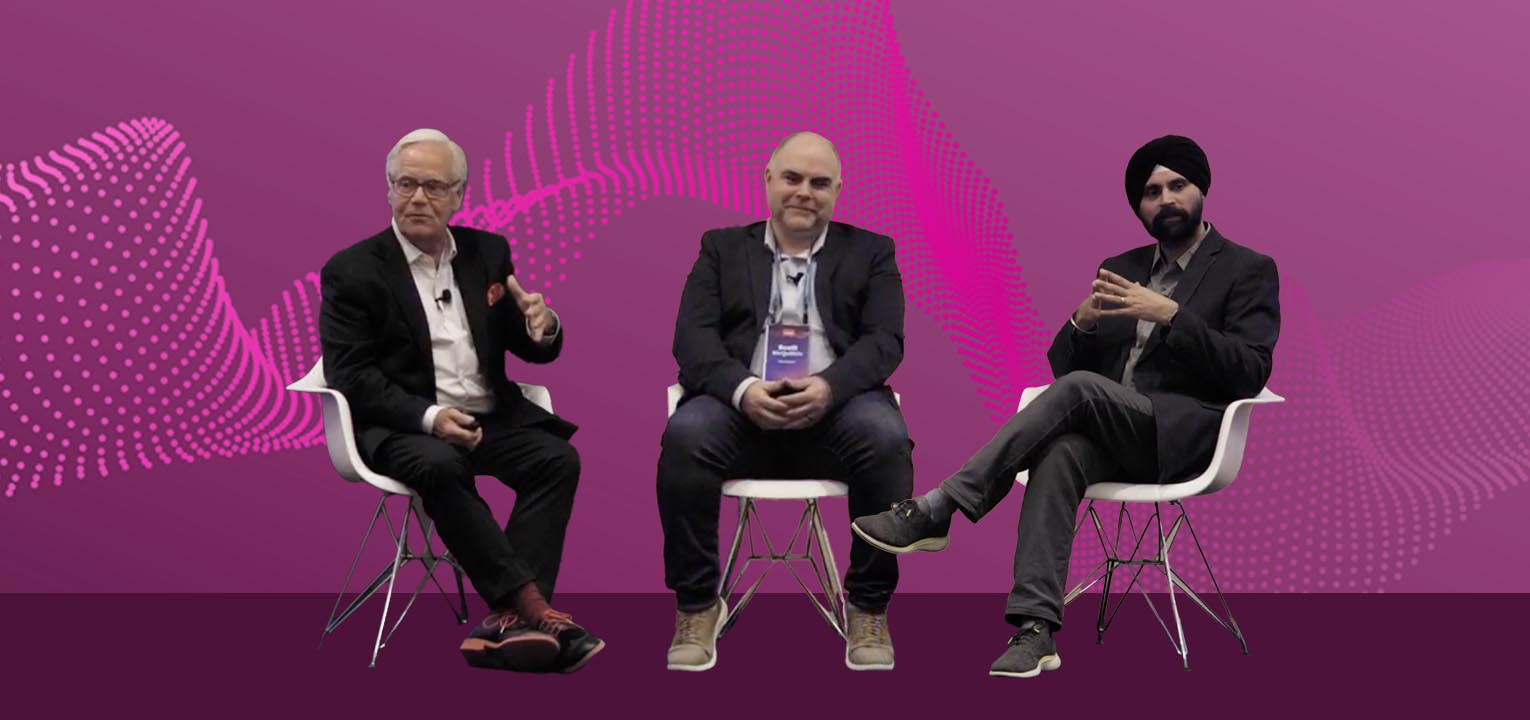March 4, 2020
Transforming the Challenges of Open Banking into Opportunities

Written by Rachel Hirshfeld
Open Banking is Not a Business Model – It’s a Philosophy
Many financial institutions are viewing open banking as a long-term risk and regulatory burden. Others are taking a more visionary approach, seeing open banking as an opportunity and new stream of revenue. However, in order to succeed in the world of open banking, banks need to understand that open banking is a philosophy and requires a shift in mindset.
Open banking is forcing financial institutions to embrace the realization that financial data ultimately belongs to their customers. The sustainable competitive advantage stems from fostering long-term and meaningful relationships with customers and not from simply acting as a virtual safe deposit or supplier of financial products and services. Research shows that as a result of open banking, bank revenue is expected to reach $9.3 billion by 2022, in addition to an increase in customer retention, up-sale and cross-sale. While open banking may be disrupting the financial industry, it is, in fact, an unprecedented opportunity for banks to position themselves at the center of their customers’ financial lives, while simultaneously creating more meaningful customer engagements and increasing their ROI.
Open Banking – Why the Obvious Way is the Wrong Way
In order to play in this world of open banking, customers need to provide consent to their bank to access their external banking accounts. However, according to research conducted by Forrester, 82% of customers are reluctant to engage in open banking and share financial information as a result of privacy and security concerns. For open banking to work, banks would not only need customers’ permission to access their accounts, but would also need prove that the benefits outweigh the risks.
The immediate benefits of open banking are clear:
- Receive a holistic and aggregated view of all financial data
- Easier control of finances across multiple accounts and across different providers
- Improved customer experience, as banks gain a more comprehensive understanding of customers’ financial needs and behaviors
While these reasons are nice, overall adoption of open banking is still very low, with only 2-8% of customers agreeing to link accounts, 10-20% of this client base remaining active after forty-five days and a total user base of only 0.2-1.6% out of all active digital accounts.
Open Banking Done Right
Banks need to attack open banking on two fronts.
1. Gaining Customer’s Trust – Banks must take their time courting their customers by first establishing themselves as trusted financial advisers. By offering timely and appropriate personalized insights, products, services, advice and wellness programs, banks can demonstrate their commitment to getting to know their customers intimately and provide genuine value.
DBS in Singapore is championing this concept, with their new slogan, “Live More, Bank Less,” understanding that what customers really want is a bank who will “have their backs.” They know that customers want a smart, automated, digitalized and trusted adviser in their pocket that will proactively engage with customers and assist them in trying to reach their financial goals.
2. Make a Compelling Offer – 57% of banking customers are willing to share information with service providers to receive savings tips based on their spending habits and 51% said they want updates on how much money they have left until their next pay day.
When banks can demonstrate an immediate benefit to their consumers, open banking will gain traction. For example, Ally Bank in the US is leveraging open banking to have customers link external accounts to auto-savings programs. In fact, Ally reached a milestone in digital banking, as it is the first time a major bank is using AI-based technology that combines open banking, account aggregation and automated money movement in a unified way with external funds.
When banks implement personalization solutions, the dotted line between trust and privacy becomes clearer. Only then will customers consider giving their bank the keys to their kingdoms.
Looking Ahead
When Henry Ford asked his clients what they want, they told him that they want a faster horse. They never would have imagined that he would build them a car.
While open banking is still in its infancy, banks should be asking themselves whether they want to build faster horses or cars. Yet, even those who want to build cars, need to do so in the right way.
It is in this way that banks will be able to convince customers to embrace this new financial paradigm.
Want to explore how your bank can harness the power of AI to engage and serve customers? Request a demo now
Latest Posts

The AI Implementation Reality Check

Why Asia Pacific Pacific Banks Must Lean into Cognitive Banking: A Conversation with Dr. Dennis Khoo

Explore our Spring Release Highlights – From Integrated Marketing Offers, to Custom Trackers, and AI Innovation









